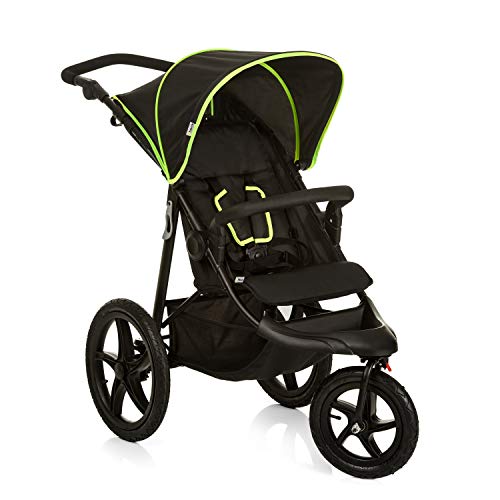What is a Pushchair Single?
A single pushchair is designed to carry a single child (although some can be used from birth with the use of a car seat or a carrycot). Some are light and can be converted into a double.
It is a popular choice for families due to its sleek, modern design and features, such as height-adjustable handles and a large shopping basket. It also has machine-washable fabrics and the footmuff, which is an essential accessory in colder temperatures.
Convertible
If you’re looking for an all-in-one stroller that can expand with your child think about a convertible model. This kind of stroller comes with hammock seats that can be transformed into a carrycot. It’s a great choice for babies. It’s also light and easy to fold.
The Larktale Crossover is a stroller/wagon which converts easily to a double-seater with no need for any tools. It’s a great choice for parents because it has many features, such as a large undercarriage in both modes as well as an organizer that hangs from the push bar. There are a few drawbacks that aren’t obvious, like the zipper that connects the back of the seat in wagon mode and the size of the cup holders.
Brakes
A top single pushchair will have two braking systems. The hand brake is usually an incredibly small lever-like device on the chassis. You can flick it down to stop the pushchair and then push it up to continue. This is extremely useful on urban terrains where you need to slow down quickly or on pavements in shopping centers where you may need to wait for pedestrians. The front wheel brake system can be used on top-of-the-line pushchairs such as the phil&teds Dash or Bugaboo Cameleon 3. It is activated the same way as the brake on a bicycle. This is particularly helpful when you’re jogging or going over rough terrain, as it will stop the pushchair instantly and ensure that your child is safe.
The left coupling system 171 used for the rear leg 57 and front leg 19 is equipped with a rear leg mounting bar 173 to which the rear leg 57 is fixedly coupled; a gear 175 mounted on the side of the housing 33, which is positioned within hub 3 and a bushing 177 connected to gear 175 and extending through a slot 179 provided at an end of the mounting bar 173 and a cable 183 configured to wrap around the J-shaped spool component 181 and the post 31 of the front leg 19. The left coupling system 171 used for the rear leg 57 and the front leg 19 comprises a rear leg mounting bar 173 to which the rear 57 is fixedly joined and a gear 175 that is mounted on a side surface 163 of the housing 33, which is positioned within hub 3; the spool component 181 as well as the post 31 of the front leg 19 coiled around the J-shaped spool part 181 in corresponding slot 179 at the end of the mounting bar 173 and a coiled cable.
The brake system 215 is comprised of a first end, 227. It is configured to contact braking cam in the second position. It also has a second end, 229. The second end of the brake lever 229 has a variety of teeth 231. The teeth are designed to be able to engage the teeth 232 of a gear 233 that is driven by the first rear wheel 59 of the stroller 1. When the brake lever is pulled the braking cylinder blocks the rotation of the first rearwheel 59 of stroller 1. The braking system is operated manually.
Seat unit/carrycot
A combi single stroller pushchair is a type of infant travel device for older infants (6 months or more) who are just beginning to sit and look around the world. Often these have the option of converting into a pram. Prams are more sophisticated and are designed for infants to toddlers. They have extra padding to ensure your child is comfortable.
A variety of pushchairs can be paired together with car seats to create a travel system bundle. ideal for taking sleeping babies from the car to the pushchair without causing any disturbance. Some pushchairs have a carrycot, which is perfect for infants. Others come with seats that can be used to help your child get ready to move from the carrycot.
Most pushchairs that are ‘from birth’ let you choose the “facing direction” of the seat unit or carrycot. You can choose to face the parent in order to bond with your baby, or face the world so that they can explore the world. Some even have the option to connect a second carrycot or infant carrier, or ride-on for growing families.
A quality pushchair must be able to move smoothly over various terrains, such as pavements, grass and rough surfaces. A sturdy chassis and quality tyres are important. Some tyres require that air be added periodically, while others are made from alternative materials such as EVA and PU, which offer a smooth ride.
 It’s worth investing money in a pushchair that’s easy to maintain and clean. You can clean up spills and crumbs with a baby-wipe. However, if you want to remove more stubborn marks, try using the hot air from a hair dryer for 1 to 2 minutes.
It’s worth investing money in a pushchair that’s easy to maintain and clean. You can clean up spills and crumbs with a baby-wipe. However, if you want to remove more stubborn marks, try using the hot air from a hair dryer for 1 to 2 minutes.

 by hdsshellie
by hdsshellie